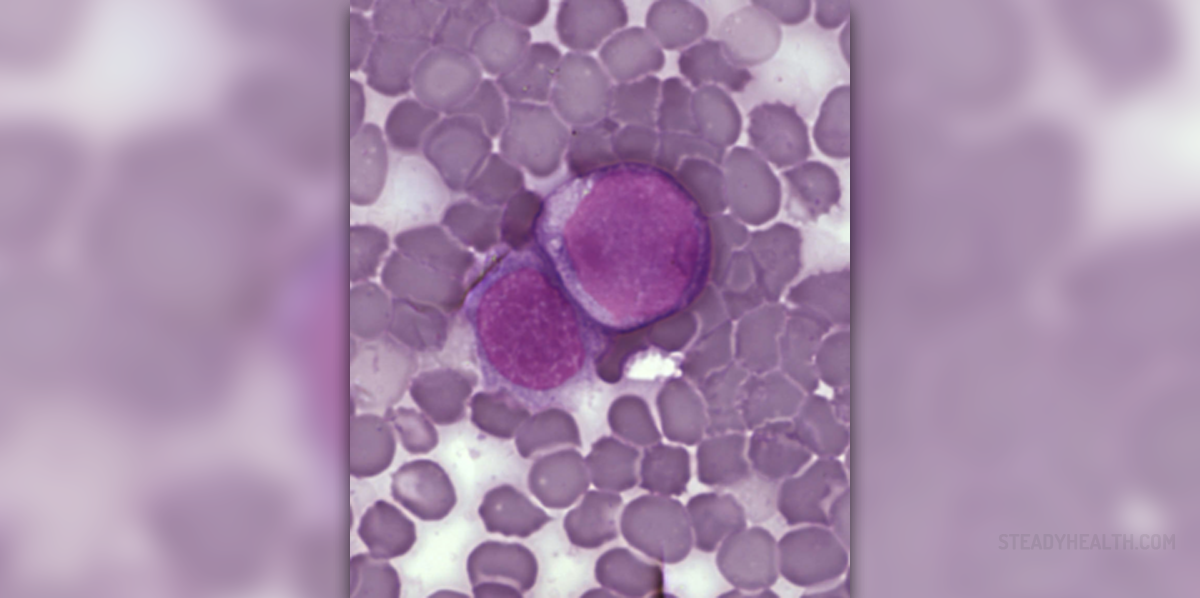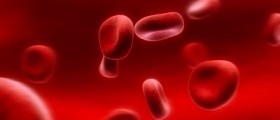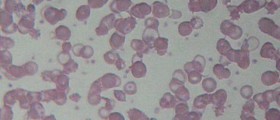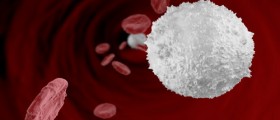
The most serious diseases that can affect the body are all types of cancer that occur due to specific mutations within the cells, which later cause abnormal growth of the cancerous cells. When a cancer is discovered in the early stages, there are high chances to cure it, but if it is detected when it progressed largely, it is, in the majority of cases, incurable and fatal.
The cancer can be developed in our bloodstream and the medical name for the blood cancer is leukemia. This condition is caused by abnormal multiplication of the white blood cells, which are also called leukocytes.
Types of leukemia
Even though there are several different types of leukemia, it can be generally classified as acute leukemia and chronic leukemia, both of which can be myelogenous leukemia. On the other side, there are lymphocytic or lymphoblastic leukemia.
Acute leukemia occurs when the immature blood cells overproduce themselves, while chronic leukemia is marked by abnormal buildup of cancerous white blood cells. The blood cells are created in the bone marrow. When the cancer arises in the bone marrow cells, it is called lymphocytic leukemia, but when the cancer arises in the bone marrow, it is called myelogenous leukemia.
Chromosomal and genetic abnormalities within the cells that have the role to produce the blood cells are responsible for the occurrence of chronic leukemia in most cases. However, there are several conditions that might contribute to the development of the blood cancer and some of them are long or frequent exposure to some chemicals, such as herbicides, insecticides, benzene and exposure to human T-lymphocytic virus and agents that are used in chemotherapy.
Symptoms of chronic leukemia
The warning signs of leukemia in children or adults are quite indistinct in the early phases and may only include malaise and fatigue. However, as the disease progresses, the people with chronic myelogenous leukemia may be confronted with exhaustion, excessive sweating at night and frequent infections. Other symptoms of this type of leukemia may include the unexplained weight loss and pain in the rib cage, as well as easy bleeding or bruising, and pale skin. On the other side, the people suffering from chronic lymphocytic leukemia may experience all the above mentioned symptoms along with swollen lymph nodes in different parts of the body, including the neck, groin and underarm.
In the later stages of the blood cancer, splenomegaly and neutropenia occur. Splenomegaly is the name for the enlargement of the spleen, while neutropenia refers to the neutrophils insufficiency. Other symptoms of progressed leukemia are anemia, pain in the joints and bones and dizziness.
















Your thoughts on this
Loading...